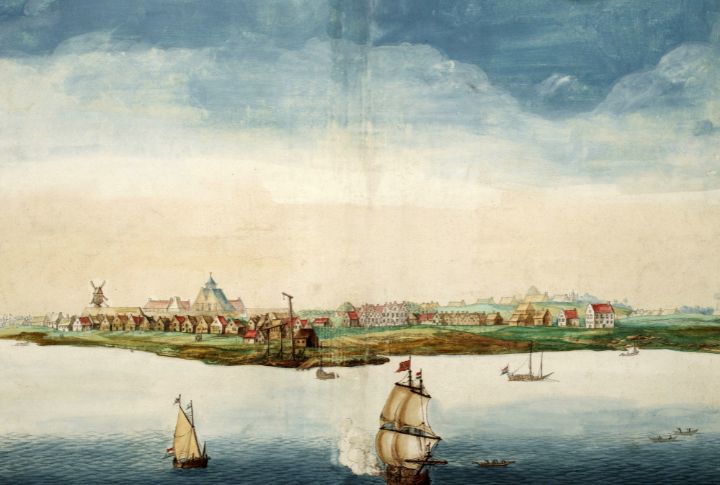
Ambition sailed west long before anyone knew what it might find. Across storm-lashed oceans came ships driven by a thirst no coastline could quench. What followed wasn’t instant conquest—it was a slow, strategic entangling of foreign powers with unfamiliar lands. This article traces the quiet moves and bold maneuvers that helped Europeans gain a foothold in the Americas.
A Continent Already Full
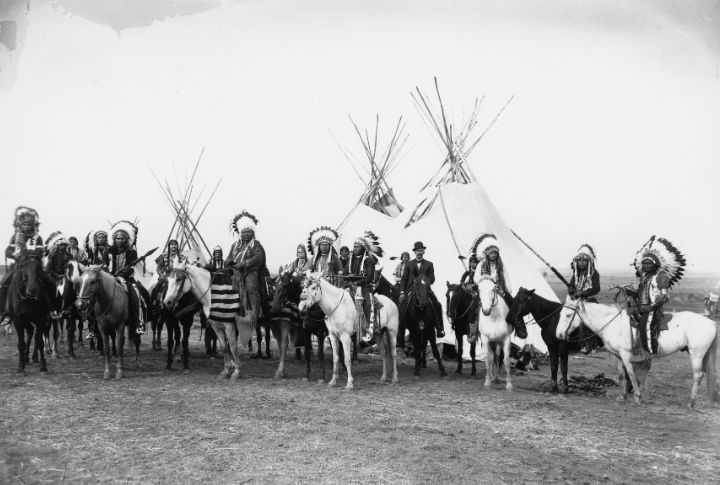
Long before Europeans set sail, the Americas teemed with life. Around 60 million people lived across its vast terrains—nearly rivaling Europe’s population at the time. These Indigenous societies thrived on innovation and cultivated 62 million hectares through controlled burns and home gardens.
Disease Changed Everything

Contact with Europe brought devastation. Smallpox and influenza spread faster than swords. The result was the eradication of up to 90% of Indigenous peoples by 1600. According to Quaternary Science Reviews (2019), this “Great Dying” claimed 56 million lives and crippled societies. What was left were deep cracks for colonizers to step through.
Spain Moves Quickly
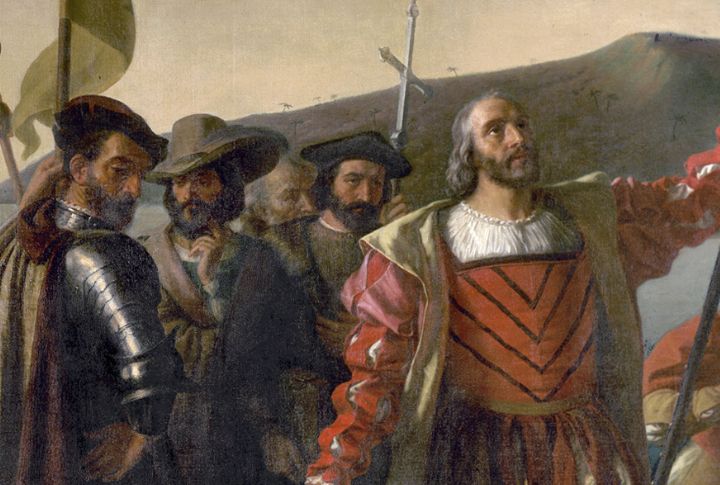
With the path cleared, Spain wasted no time turning ambition into action. Columbus’s 1492 voyage opened the door, and the 1494 Treaty of Tordesillas split new lands between Spain and Portugal. By 1496, Santo Domingo stood as Spain’s first permanent settlement—a launchpad for empire-building.
Crosses, Cannons, And Control
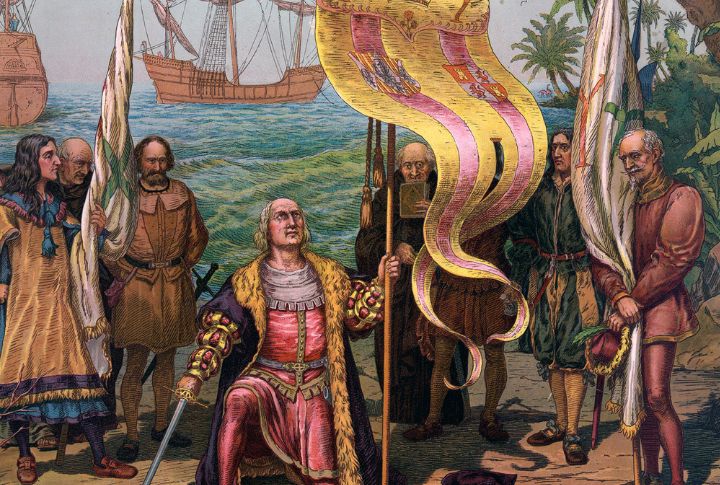
Religion and warfare marched hand in hand. On Columbus’s second voyage, 17 ships arrived carrying colonists, soldiers, priests, and war dogs. Spain’s authority was later reinforced by Papal Bulls, which justified conquest as a spiritual mission. Behind every chapel rose a fort, and behind every blessing, a blade.
Portugal Finds Its Corne
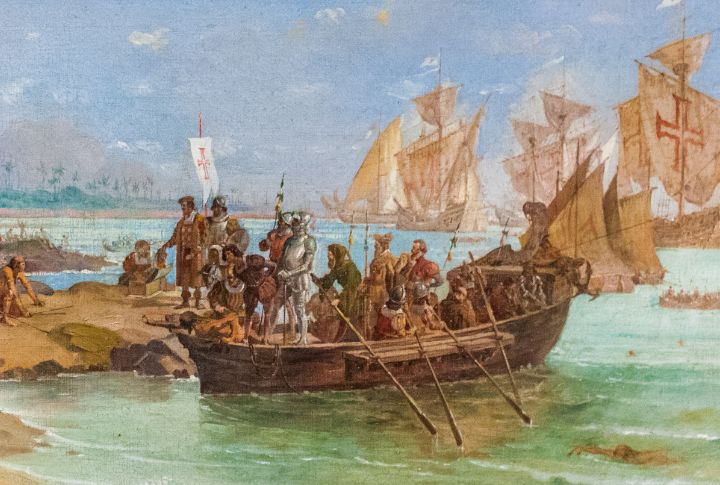
As Spain pushed west, Portugal turned east. Pedro Alvares Cabral’s 1500 landing in Brazil marked the start of colonial ambitions. By 1532, Sao Vicente emerged, followed by a captaincy system. Sugar plantations soon dominated, fueled by enslaved African labor that anchored Portugal’s hold through brutal, profit-driven control.
Wealth Beneath The Soil
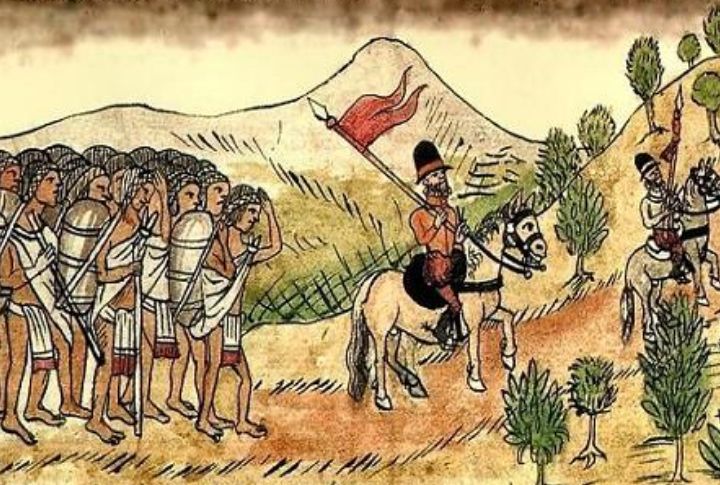
By the late 1500s, precious metals from the Americas generated nearly 20% of Spain and Portugal’s combined state revenues, as per Flynn (2001). Through systems like encomienda and the quinto real tax, colonizers turned forced labor into a steady stream of capital. Gold may have tempted explorers, but silver built empires.
Populations Vanish, Forests Return
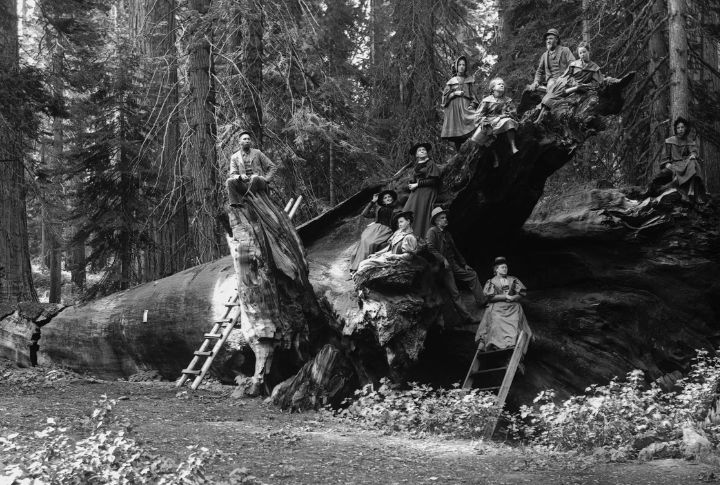
The cost of that wealth was staggering. The Indigenous population had plummeted to just 8 million in 1650, down from 50 million, decimated by disease and exploitation. As farms and villages emptied, nature crept back in—a reforestation event so vast that Nature Geoscience linked it to lower global carbon dioxide levels.
Settlements Take Shape
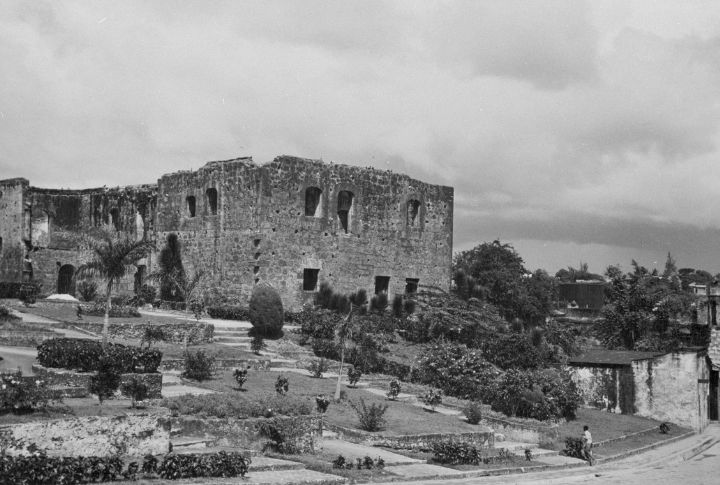
Where there was silver, there were settlers. Santo Domingo became the first hub in 1493, followed by ports and farmsteads. Colonists brought cattle and steel tools that reshaped entire regions. These settlements were command posts for deeper expansion and long-term occupation.
Resistance Never Disappeared
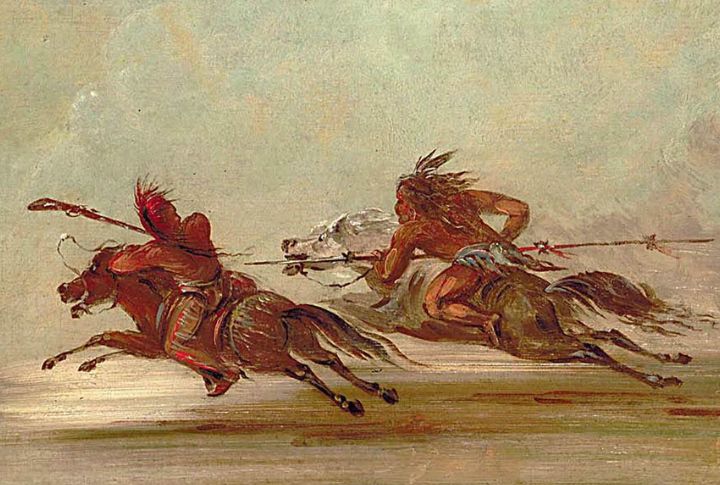
Despite mounting odds, Indigenous resistance persisted. Some groups formed military alliances or adapted European tactics, like mounted warfare, after the horse’s introduction. Tribes such as the Comanche later mastered mobility and defense. However, fragmented populations and technological gaps made it increasingly difficult to hold ground against colonizing forces.
By 1592, A New Order
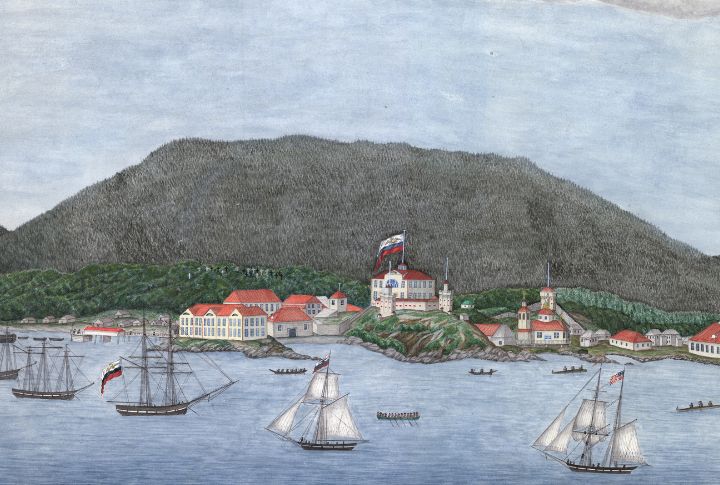
After just a century, the transformation was unmistakable. European languages and governance systems had replaced Indigenous traditions in many regions. Settlements extended across coastlines and into interiors. With populations decimated and systems in place, the groundwork was set for centuries of colonial expansion, migration, and conflict.

